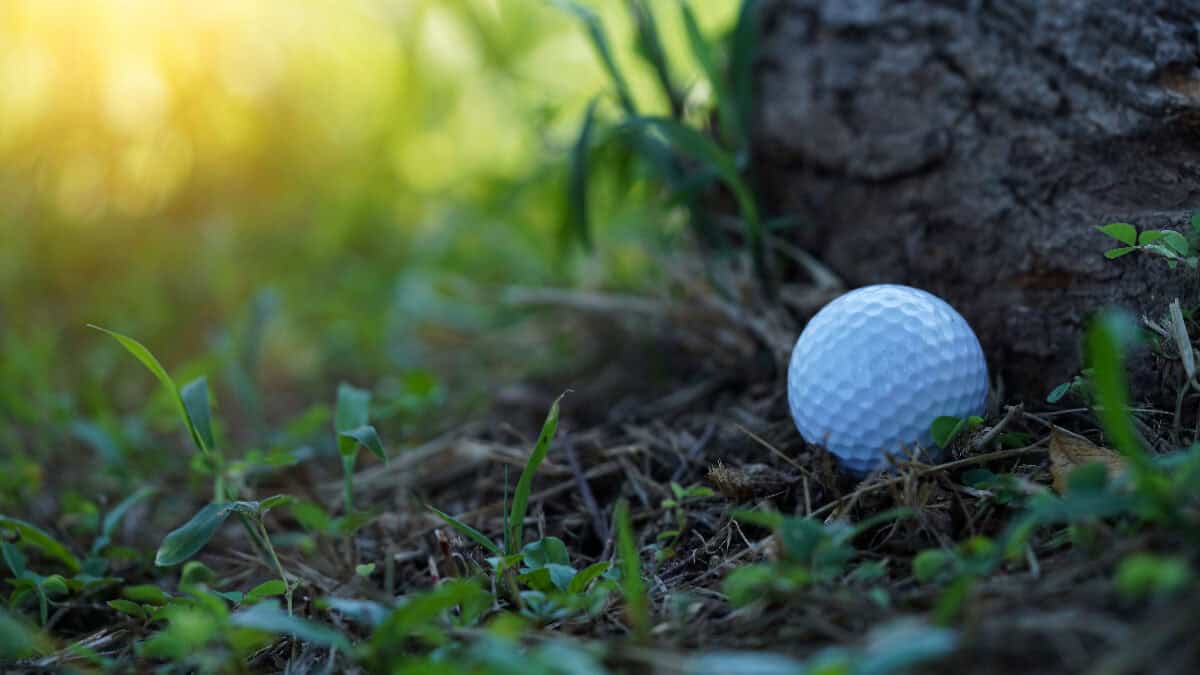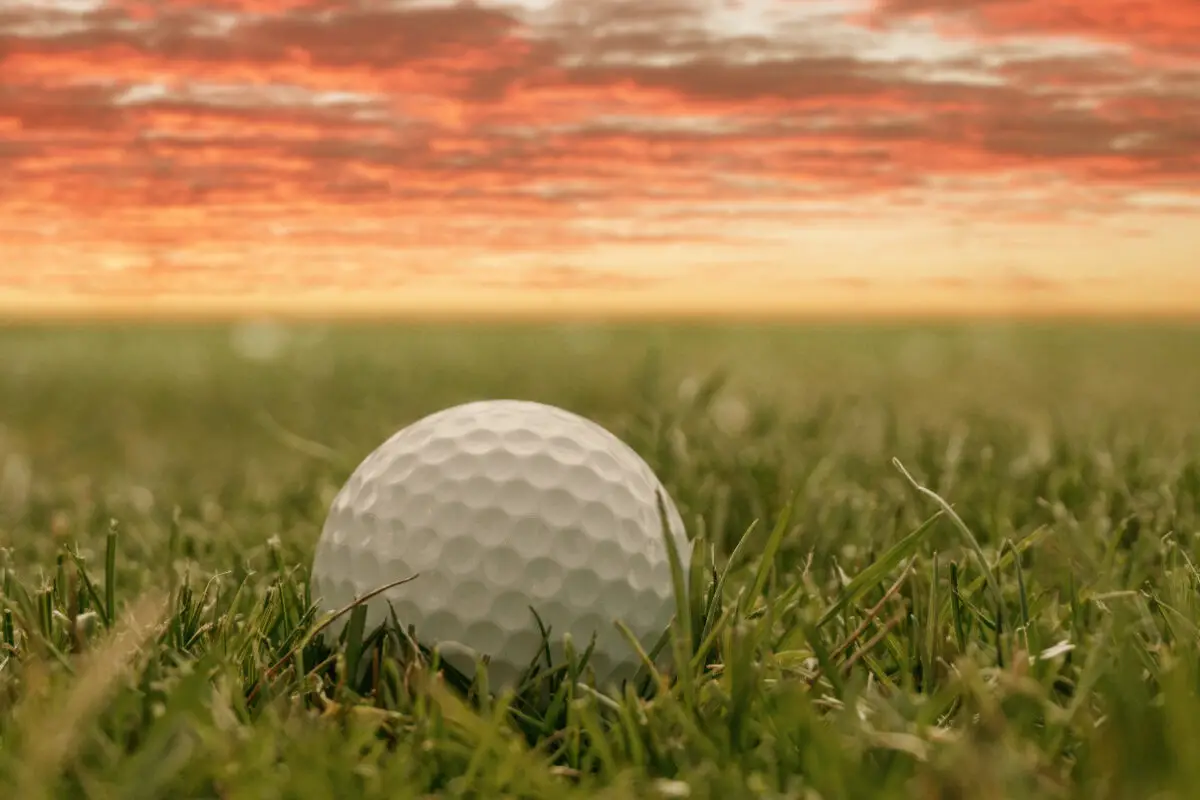How to Find Your Golf Ball?
One consistent frustration in golf is hitting wayward shots and losing balls in the rough, trees, or hazards.
But with some preparation, strategy, focus, and the right equipment, you can improve the odds of recovering those expensive strays.
Here are techniques to help find more golf balls when they leave the fairway.

Watch the Ball’s Entire Flight
The first key is keeping your eye on the ball from impact through the entire trajectory until it comes to rest. By tracing the full curve or line, you gain reference points to estimate the landing zone. Don’t take your eye off the ball prematurely.
Note Reference Points in Peripheral Vision
While watching the ball itself, also notice trees, bunkers, ground contours, or other landmarks in your peripheral vision that can serve as directional guides. The more fixed reference points around the predicted landing area the better.
Listen for Impact Sound Clues
Your ears can also help guide ball location – listen closely to impact noises for clues. Solid contact sounds differently than missed shots.
Also, listen for impact echoing off trees, the “crack” hitting a branch, or the “thud” bouncing in deep rough.
Consider Using UV Golf Balls
Some brands like Volvik and Nitro make ultra-high visibility golf balls in bright colors that are easier to spot when lost in grass, trees, or brush.
Using neon balls can make a substantial difference in recovering shots.
Ask Playing Partners to Help Spot the Ball
When possible, ask playing partners to help watch the path of your off-line shots and where they land.
With multiple perspectives tracking the ball, triangulating the probable location improves. An extra set of eyes assists immensely.
Note Yardages from Distance Markers
Pay close attention to yardage markers like sprinkler heads and yardage plates adjacent to the landing zone – these reference points help estimate proximity. Knowing approximate distance aids in pinpointing direction.
Identify Nearby Landmarks
Beyond yardages, identify and memorize any defining landmarks like large trees, bushes, bunkers, cart paths, water hazards, or rock formations near where the ball lands as targeting references. Unique visual cues simplify honing location.
Take Notes on Shots Into Hazards
When hitting errant shots into lateral or water hazards, carefully note the entry point.
Identify specific tree branches or bunker edges as guides to relocate the spot after taking a drop. Precise entries aid the search.
Try to Spot the Actual Ball Landing
If visibility permits, never take your eye off the descending ball in hopes of actually seeing it land in the canopy, brush, or grass.
Pinpointing the touchdown spot provides the greatest chance of recovery. Be ready to walk straight to the landing zone.
Go To The Spot Immediately
Once establishing the probable area, head directly to the spot right away before subsequent shots distract you.
Walking directly from the shot location to the estimated landing area is hugely beneficial for pinpointing balls. Do not wait or re-tee until finding your original ball.

Never Assume It’s Lost
Often times balls are far easier to locate in real rough or hazards than they seem from the tee or fairway.
Trudging into messy areas frequently leads to pleasantly finding balls sitting right up in play. Stay optimistic in the search and avoid assumptions of lost causes.
Use Rangefinders or GPS to Narrow In
Technology like laser rangefinders and GPS devices provide additional data to supplement the search.
Rangefinders confirm front, middle, and back yardages while GPS maps detail ground contours and water hazards. Leverage tech assistance in locating positions.
Search Methodically and Thoroughly
Upon reaching the probable landing zone, search methodically in concentric circles outward starting from the highest percentage area.
Check under leaves and brush thoroughly. Scuff shoe soles in deeper rough to uncover buried balls. Stay focused and persistent in the hunt.
Bring a Spare Ball to Identify by Sight
Having a spare ball in hand identical to the one lost provides a visual index to scan for identifying target models by dimple pattern and brand. Our brains intuitively recognize matching objects more easily. Use a spare for comparison.
Use Ball Retriever and Club to Widen the Search Zone
Expand the search radius wider using a ball retriever and upside-down club to sweep and poke around in ground cover.
Check several yards beyond the probable zone to ensure no luck before abandoning hope. Widen the search reach.
Carry a Retriever and Club Extender
Always keep a ball retriever extension and upside-down iron club in your bag specifically for searching situations.
Retriever extensions allow reaching into the brush. Extended irons probe deeper trouble. Be equipped for recovery.
Mark Balls with Colored Lining Pen
On your primary golf ball model, use a colored Sharpie liner pen to add a subtle distinguishing line or marking during rounds.
This allows instant visual identification versus other players’ balls when hunting. Make yours stand out.
Equip Your Bag with Ball Finding Tools
Several purpose-built accessories assist hunting for balls like extendable ball grabbers and magnetic pickup wands.
Keep a device in the side pocket to deploy the instant a shot goes astray. Proper tools speed recovery.
By utilizing these techniques and technologies for preparation, observation, reference marking, recovery aids, and diligent searching, you can substantially improve the odds of finding more balls when they miss the fairway.
Eliminate guessing and stay methodical in the ball-chasing process. With some effort, you’ll reduce penalty strokes and save money on lost balls over time.
